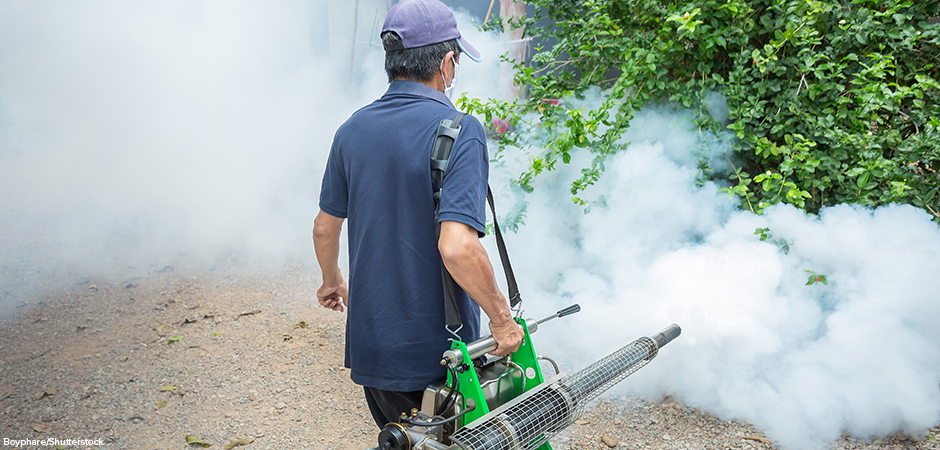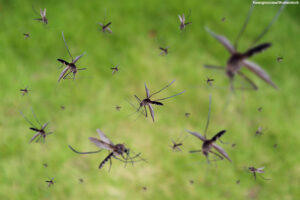
Abdoulaye Diabate is a scientist from Burkina Faso, a country in West Africa. His goal is to end the deadly disease of malaria in Africa and elsewhere. He has studied ways to reduce the mosquito population that transmits malaria. Diabate’s solution uses a process to change the genetic code, or DNA structure, of the mosquitoes and their offspring. His intent is not only to reduce malaria-transmitting mosquitoes but eliminate them forever.
What Is Malaria and Where Is It Found?
Malaria is a serious and often fatal disease. It is caused by a parasite found in the female Anopheles (uh NAH fuh leez) of three mosquito species. When an infected female mosquito bites a human, the disease spreads to that person. Malaria symptoms include chills, aches, and nausea. If left untreated, the disease may lead to kidney failure, seizures, and death.

Malaria was common on all the continents except Antarctica until the middle of the twentieth century. Even the former U.S. president Abraham Lincoln contracted the disease at least twice as a young man. Near the start of the twentieth century, scientists proved that the malaria-causing parasite was transmitted by mosquito bites. Many countries drained swamps and used pesticides to kill the insects and their eggs. Distribution of improved medication and vaccines also helped slow the spread of the disease before the 1940s.
Today, malaria remains a significant threat in regions of Africa, South and Southeast Asia, Central and South America, and some Caribbean and Pacific islands. The World Health Organization estimates that about 250 million people worldwide were infected with malaria in 2022. The disease caused more than 600,000 deaths. Africa had 94 percent of the malaria cases and 95 percent of the malaria deaths in 2022. Most of those who died were children.
Treating and Preventing Malaria
Malaria is treatable with several medicines. In addition, a malaria vaccine has helped reduce children’s deaths. But many people in at-risk areas are often far from health care facilities. Local governments also may not have the funds to purchase medications and vaccines for their citizens.
Existing prevention methods try to stop people from getting bitten by mosquitoes. For example, billions of bed nets treated with insecticide have been given to affected countries. People sleeping under these nets are protected from mosquitoes. The nets are only effective for one to three years, however. International agencies have also provided spray insecticides for indoor areas and pesticides for killing mosquito eggs outdoors. The lack of government personnel to deliver these items means that people often go without them.
Studies show that mosquitoes are developing immunity to insecticide and the parasite that causes malaria is also becoming more resistant to current medications.
Diabate’s Technological Solution
Diabate established the organization Target Malaria Burkina Faso in 2012. It works with other laboratories in the United Kingdom, Italy, and the United States. Target Malaria has focused on controlling the mosquito population by changing the DNA of male Anopheles mosquitoes, which do not bite. The plan is for altered male mosquitoes to pass along traits to females that will result in either male-only offspring or infertile female offspring. Both cases would wipe out the Anopheles mosquitoes within a few months—their generational lifecycle.
Some scientists and environmentalists are concerned that eliminating an entire mosquito species may harm other parts of the ecosystem that rely on that species. Target Malaria points out that there are 3,500 mosquito species on Earth. This plan would eliminate only three species. The gene-modified mosquitoes have not been released yet. First, there would be a carefully controlled release and data collection to understand the results.
